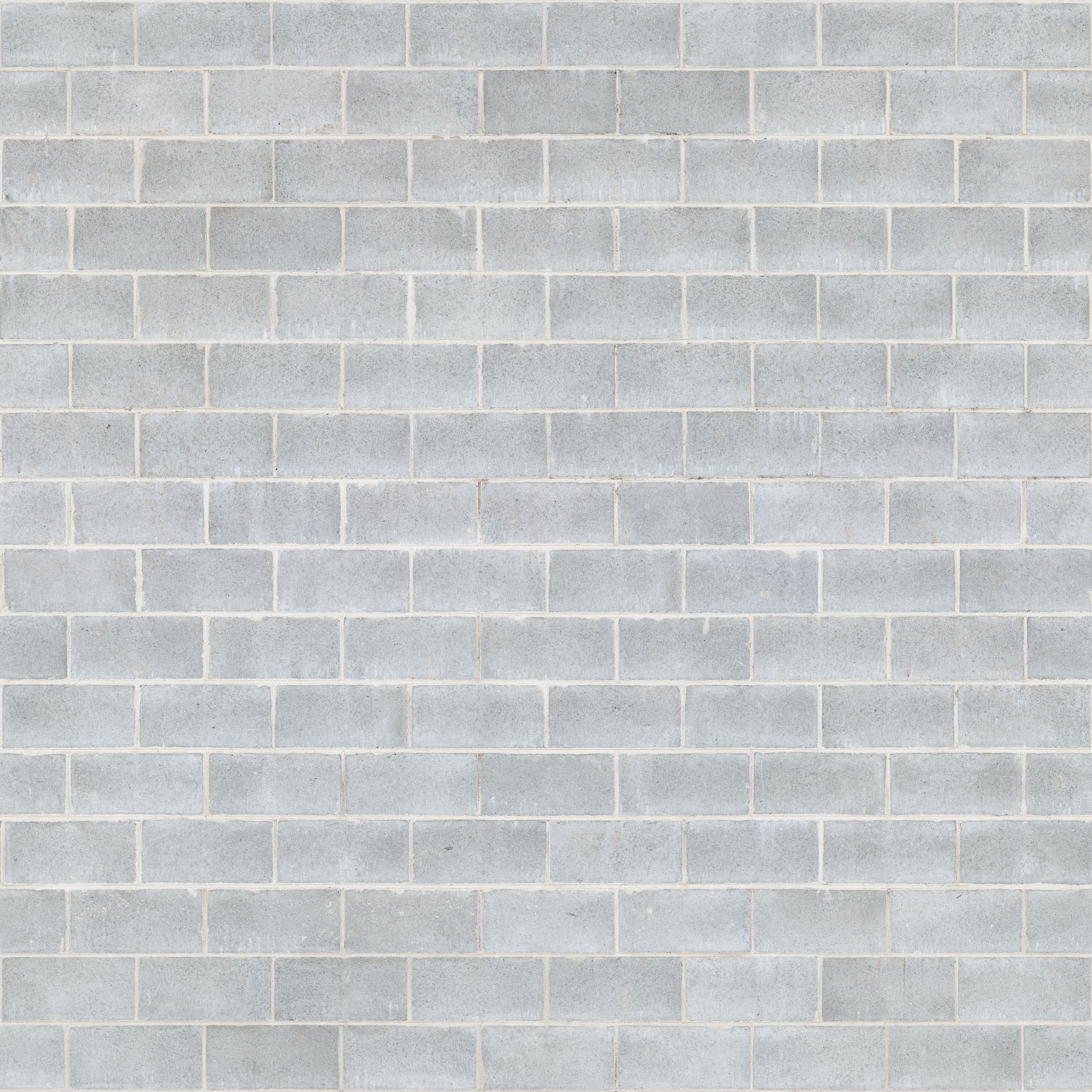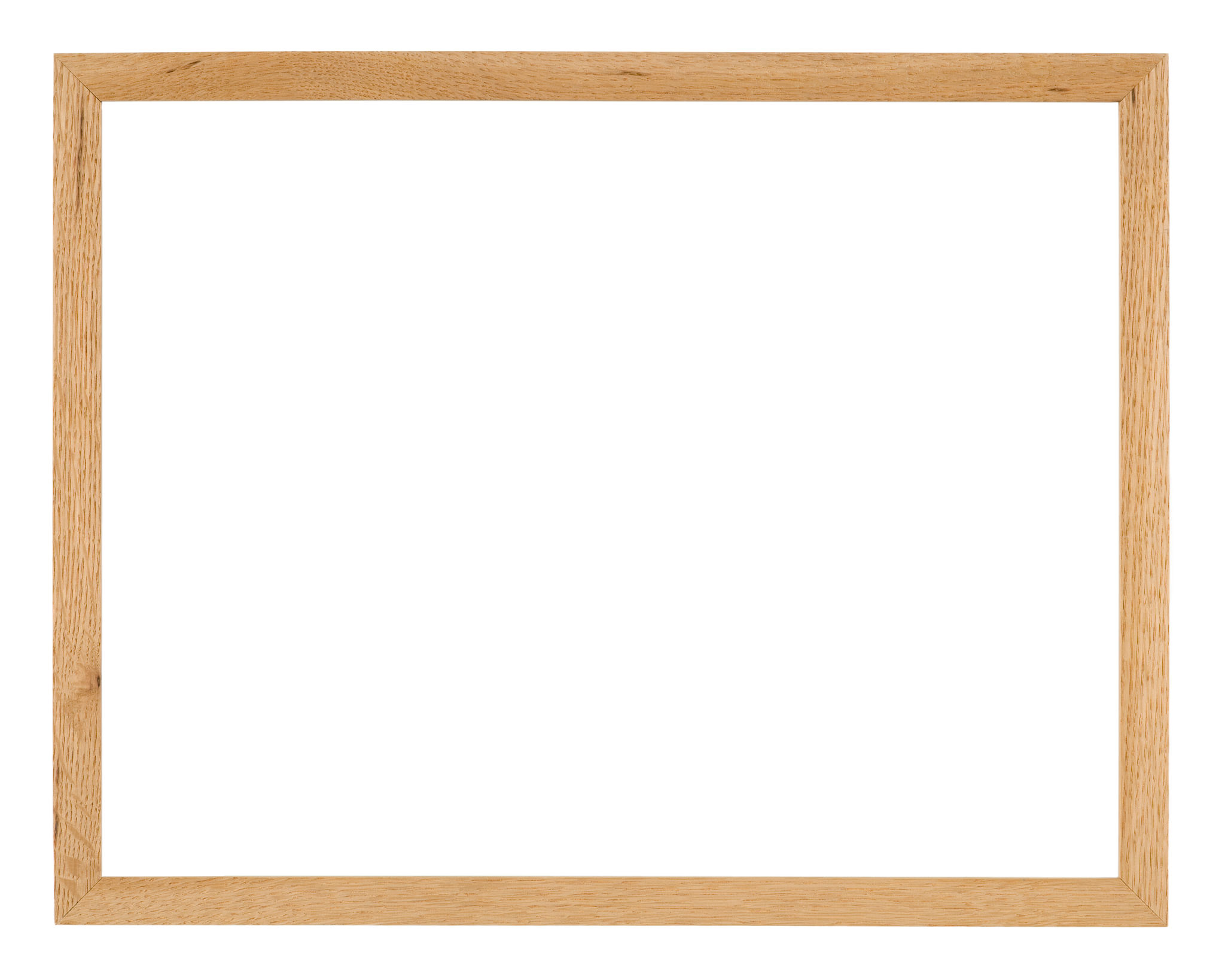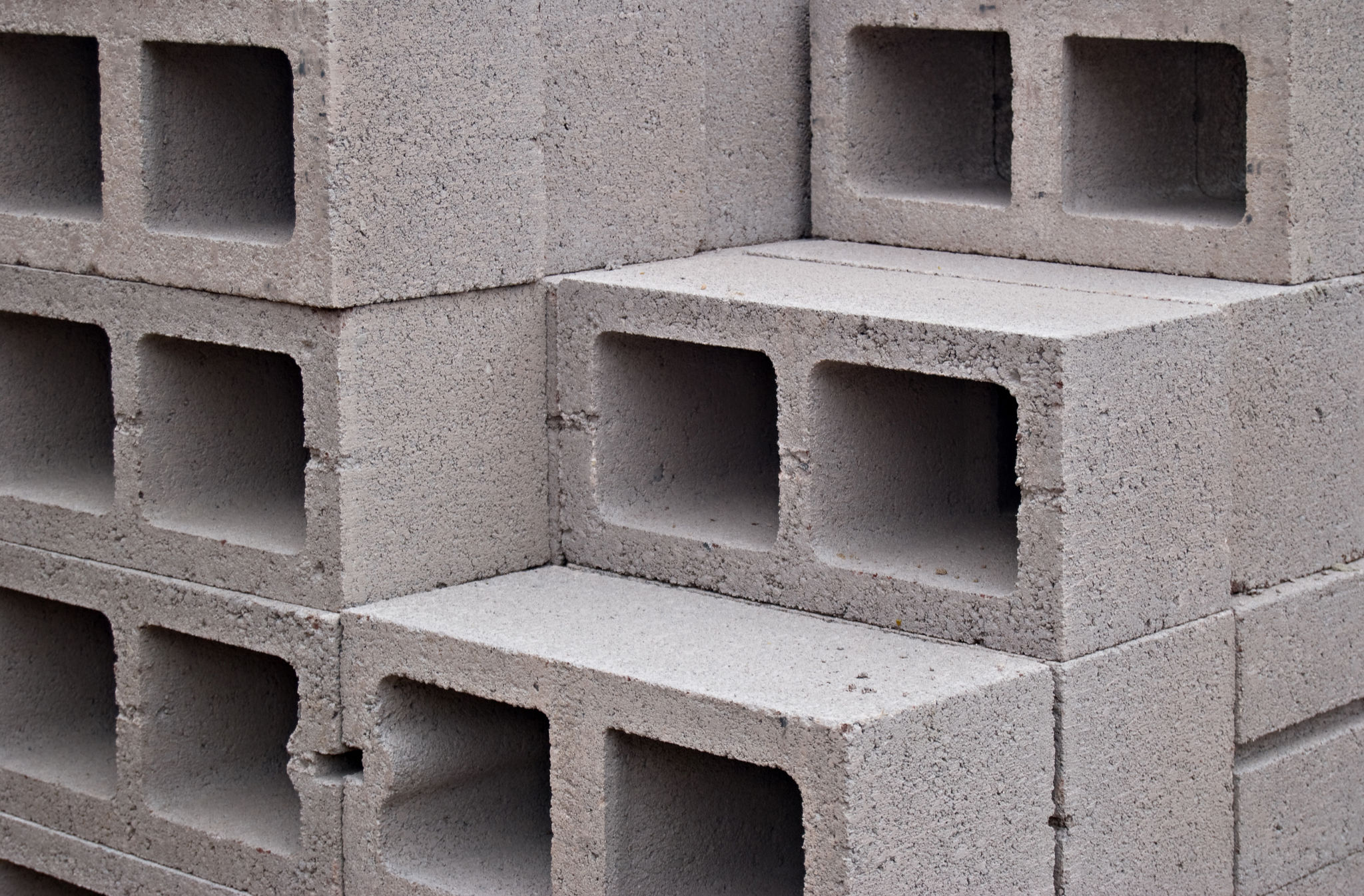Comparing Wall Construction Techniques: Which is Right for Your Home?
Understanding Different Wall Construction Techniques
When building or renovating a home, one of the most crucial decisions you'll make involves choosing the right wall construction technique. Each option comes with its own set of advantages and challenges, affecting not only the aesthetics and functionality of your home but also its energy efficiency and environmental impact.
In this blog post, we'll explore some of the most popular wall construction techniques and help you decide which might be best suited for your home. From traditional methods to modern innovations, understanding these options will guide you in making an informed decision.

Traditional Brick and Mortar
Brick and mortar walls have been a staple in construction for centuries. Known for their durability and classic appearance, these walls provide excellent thermal mass, helping to maintain indoor temperatures. However, the installation process can be labor-intensive and time-consuming.
Despite their benefits, brick walls may not be the most energy-efficient option unless they are properly insulated. They are also heavier than other types, which could increase foundation costs. Nonetheless, for those seeking a timeless look with proven longevity, brick and mortar remain a popular choice.
Wood Frame Construction
Wood framing is widely used in residential construction due to its cost-effectiveness and ease of use. This technique involves creating a skeleton framework of wood, which is then covered with various sheathing materials. Wood frames are relatively quick to assemble and adaptable to different architectural styles.

The main concern with wood frame construction is its vulnerability to pests and moisture. Proper treatment and maintenance are essential to prevent issues like rot or termite infestation. Nevertheless, wood remains a sustainable and versatile option for many homeowners.
Concrete Block Walls
Concrete block walls offer exceptional strength and fire resistance, making them an ideal choice for homes in areas prone to extreme weather conditions. These blocks are modular, allowing for quick assembly compared to traditional masonry techniques.
While concrete blocks are durable, they can be less energy-efficient unless insulated properly. They also require skilled labor for installation and may not offer the same aesthetic appeal as other wall types. However, their robustness is unmatched, making them a reliable choice for long-lasting structures.

Sustainable Options: Straw Bale and Rammed Earth
For environmentally conscious homeowners, straw bale and rammed earth walls present eco-friendly alternatives. Straw bale construction involves stacking bales of straw as wall components, providing excellent insulation and sustainability.
Rammed earth uses natural materials like clay and sand compacted into forms to create solid walls. Both methods offer unique aesthetics and impressive thermal performance, but may require specialized skills and knowledge to execute effectively.
Choosing the Right Technique for Your Home
When deciding on the best wall construction technique for your home, consider factors like climate, budget, aesthetic preferences, and environmental impact. Each method offers distinct benefits that cater to different needs and priorities.
Consulting with professionals in the field can provide valuable insights into which construction method aligns best with your goals. With careful consideration, you'll be able to create a home that not only looks great but also functions efficiently for years to come.

